Lockdown anniversary: How COVID-19 brought lives to a standstill in India
India had just over 500 coronavirus infections when PM Narendra Modi had announced the first COVID-19-induced lockdown on March 24, 2020.
- March 24, a date that has gone down in the history as reportedly India's first-ever complete nation-wide lockdown due to a pandemic.
- COVID-19, a virus that took a toll on everyone's life across the world.
- The Coronavirus-induced lockdowns brought everyone's life to a standstill.
Trending Photos
) File Photo (Reuters)
File Photo (Reuters) New Delhi: March 24, a date that has gone down in the history as reportedly India's first-ever complete nation-wide lockdown due to a pandemic, COVID-19, a virus that took a toll on everyone's life across the world. The Coronavirus-induced lockdowns brought everyone's life to a standstill and nobody would have ever thought that they would be confined to their four-walls like this.
On March 24, 2020, just two days after the 'Janta Curfew', Prime Minister Narendra Modi called for a complete lockdown of the entire country for the next 21 days in an effort to contain the COVID-19 spread.
In a few minutes from now, the #JantaCurfew commences.
Let us all be a part of this curfew, which will add tremendous strength to the fight against COVID-19 menace. The steps we take now will help in the times to come.
Stay indoors and stay healthy. #IndiaFightsCorona pic.twitter.com/11HJsAWzVf — Narendra Modi (@narendramodi) March 22, 2020
At that time, India had witnessed over 500 coronavirus infections and was faring better than the American and European countries.
"Keeping in mind health sector experts and experiences of other countries, the nation is about to take a very important decision today. From 12 midnight today, the entire country, please listen carefully, the entire country shall go under complete lockdown," PM Modi had said during an address to the nation.
Addressing the nation on battling the COVID-19 menace. #IndiaFightsCorona https://t.co/jKyFMOQO5a — Narendra Modi (@narendramodi) March 24, 2020
The nation-wide COVID-19 lockdown, according to the Prime Minister, was imposed because a period of at least 21 days was critical to break the infection cycle of Coronavirus.
"If we are not able to manage these 21 days, the country and your family could be set back 21 years. If we are not able to manage these 21 days, several families will get devastated forever," PM Modi had said.
On the other hand, the COVID-19 crisis, which even the World Health Organization (WHO) called the most challenging crisis they have ever faced, was declared as a Public Health Emergency of International Concern on January 30, 2020. The declaration is WHO's highest level of alarm and a rallying call to all countries to immediately take notice and take action. Later on March 11, the WHO declared the Coronavirus outbreak a global pandemic.
All around the world, going to the offices, meeting friends over a beer on weekends, going out to worship, were prohibited. Every mall, cinema hall, school, college and educational institution, were shut, except for the essential services and activities.
The new generation, which generally has a 'modern solution' to every 'modern problem', were all brought to a standstill due to the once-in-a-century situation.
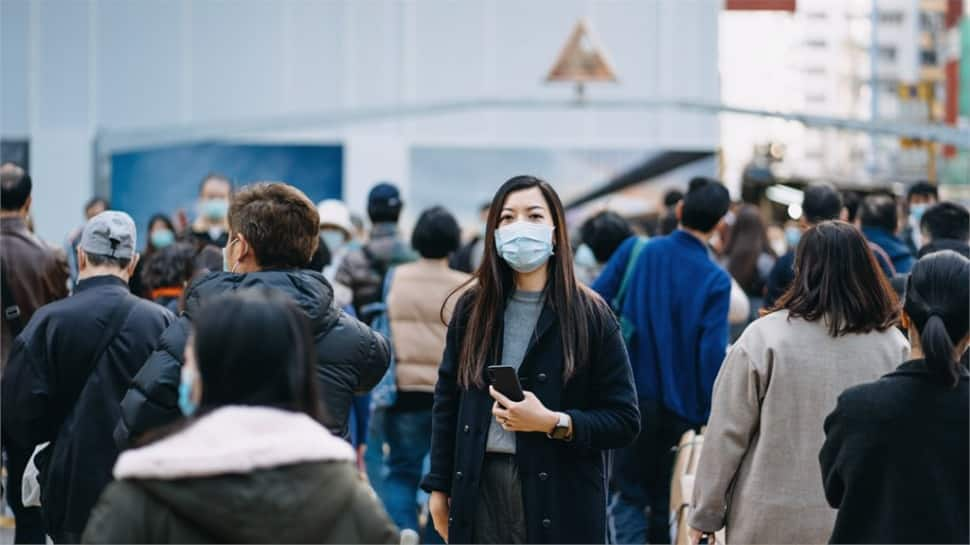
In India, the next COVID-19 lockdown was announced on April 14, which PM Modi extended till May 3, however, this time, with conditional relaxations.
The Prime Minister addressed the nation for the fourth time in four weeks and stated that the high-risk areas and COVID-19 hotspots will remain under constant vigil. But also suggested that those areas which are of low risk can open up for certain specific activities from April 20.
PM said, "Until April 20, every town, every police station, every district, every state will be evaluated on how much the lockdown is being followed. Areas that succeed in this litmus test, those which will not be in the hot-spot category, and will have less likelihood to turn into a hot-spot may be allowed to open up select necessary activities from April 20."
"However, permissions will be withdrawn immediately if lockdown rules are broken, and if there is the threat of the spread of Coronavirus," he cautioned.
मैं आपका साथ मांग रहा हूं। सात बातों में आपका साथ...
यह सप्तपदी विजय प्राप्त करने का मार्ग है।
पूरी निष्ठा के साथ 3 मई तक लॉकडाउन के नियमों का पालन करें, जहां हैं, वहीं रहें, सुरक्षित रहें। pic.twitter.com/QTSPWx1aRH — Narendra Modi (@narendramodi) April 14, 2020
Notably, by April 20, a total of 17,265 confirmed COVID-19 cases were recorded across India, whereas, 543 had succumbed to the virus, as per the Ministry of Health and Family Welfare.
Later on May 1, the Government of India extended the country-wide lockdown further by two weeks until May 17. It also divided all the districts into three zones (red, green and orange) based on the spread of the virus. The green zones were the districts with either zero confirmed cases to date, or, no confirmed case in the last 21 days. The red zone, on the other hand, took into account the total number of active coronavirus cases, doubling rate of confirmed cases, the extent of testing and surveillance feedback from the districts. Whereas, those districts, which are neither defined as green nor red, were classified as the orange zones.
The coronavirus cases were rising in India and as many people expected, the lockdown measures in place since March 24, 2020, were further extended till May 31, 2020.
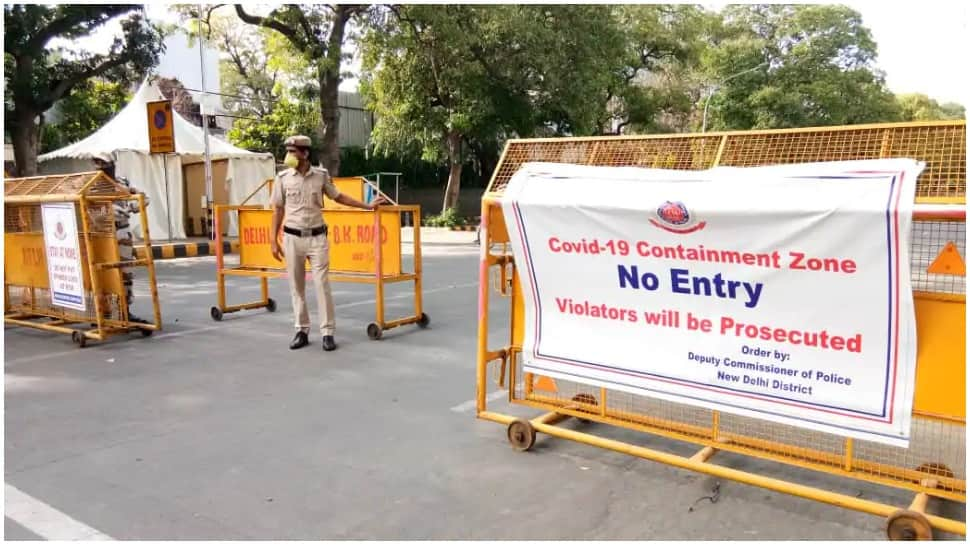
Several activities continued to remain prohibited throughout the country. These included -- all domestic and international air travel of passengers; metro rail services; running of schools, colleges, educational and training/coaching institutions; hotels, restaurants and other hospitality services; places of large public gatherings such as cinemas, shopping malls, gymnasiums entertainment parks, etc; social, political, cultural and similar gatherings and other large congregations; and, access to religious places for the public.
On May 30, the Centre issued new guidelines called 'Unlock 1', which focused on the phased re-opening of all activities outside the COVID-19 containment zones. The guidelines, with an economic focus, came into effect from June 1 and were effective till June 30.
The places that were allowed to re-open in Phase I (from June 8), were religious places, hotels, restaurants and other hospitality services and shopping malls.
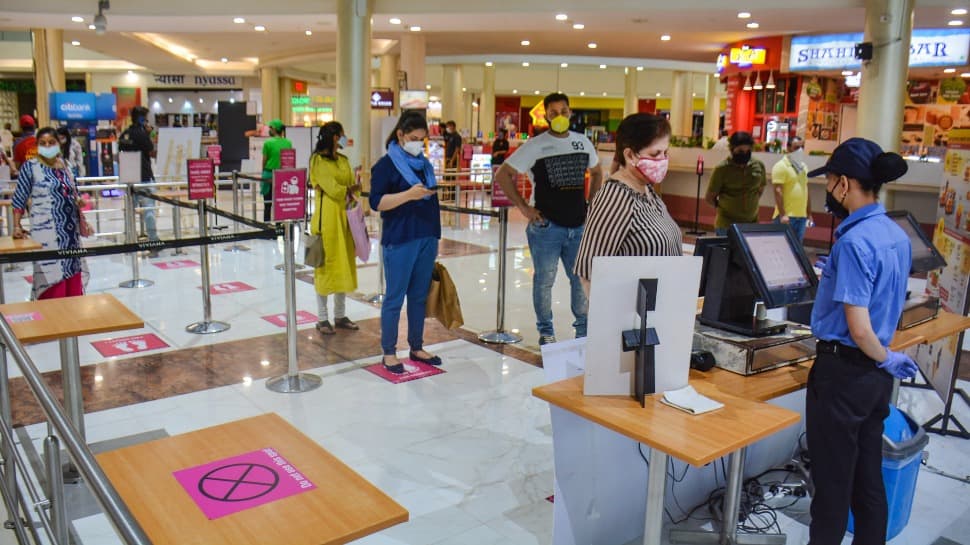
By May 31, India had a cumulative total of 89,995 active coronavirus cases.
On June 29, the Centre issued fresh guidelines for 'Unlock 2' to open up more activities in areas outside the COVID-19 containment zones. While several restrictions were eased, the lockdown continued in the containment zones till July 31.
Later, on July 29, the Government of India, in 'Unlock 3', allowed the process of phased re-opening of activities. It removed the restrictions on the movement of individuals during the night (Night curfew) and also allowed Yoga institutes and gymnasiums to function from August 5.
On August 1, the country's COVID-19 active cases were at 5,65,103, whereas, there were nearly 11 lakh people who had recovered from the virus.
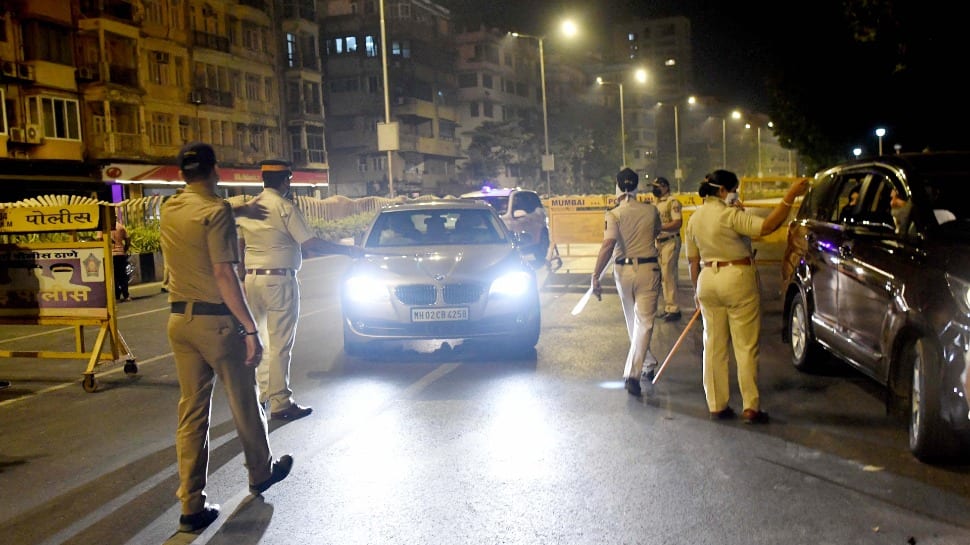
In 'Unlock 4', which came into effect from September 1, when India had 7,85,996 active COVID-19 cases, alongside 28,39,882 recoveries, the restrictions were further relaxed and the life started coming to normalcy. The Centre's order allowed the Metro rail to operate from September 7 in a graded manner.
Accordingly, the social, academic, sports, entertainment, cultural, religious, political functions and other congregations were also permitted with a ceiling of 100 persons, from September 21. The Open-air theatres were also allowed to re-open from September 21.
The schools, colleges, educational and coaching institutions continued to remain closed for students. However, in areas outside the containment zones, from September 21, states and UTs were allowed to call 50% of teaching and non-teaching staff to schools at a time for online teaching/ tele-counselling and related work. Students of classes 9 to 12 were also permitted to visit their schools, in areas outside the containment zones, on a voluntary basis, for taking guidance from their teachers.
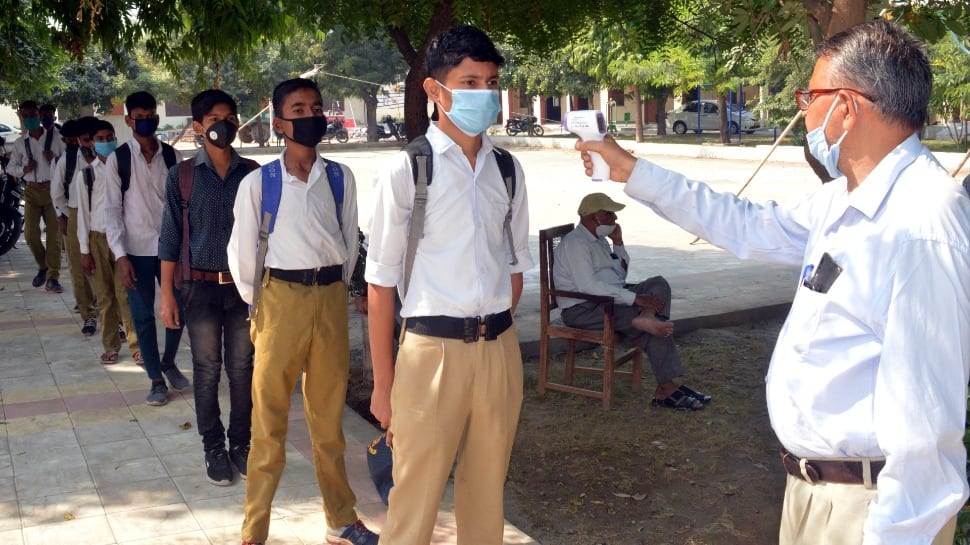
Subsequently, the Centre kept extending the COVID-19 guidelines, with further relaxations.
The situation, however, has now come that the people are going through a 'Deja Vu' moment, as the second wave of lockdown has reportedly arrived in India. There are several districts in Maharashtra, the worst coronavirus-hit state in India, that have been put under lockdown to contain the spread of cases.
India reported more than 40,000 cases on Monday, taking the country's active count to 3,45,377, which had touched its lowest mark in mid-February.
Three states namely Maharashtra, Kerala and Punjab, account for 75.15% of total active cases in the country, where, Maharashtra alone accounts for 62.71% of the total active cases in the country.
Stay informed on all the latest news, real-time breaking news updates, and follow all the important headlines in india news and world News on Zee News.
Live Tv







)
)
)
)
)
)
)
)
)
)
